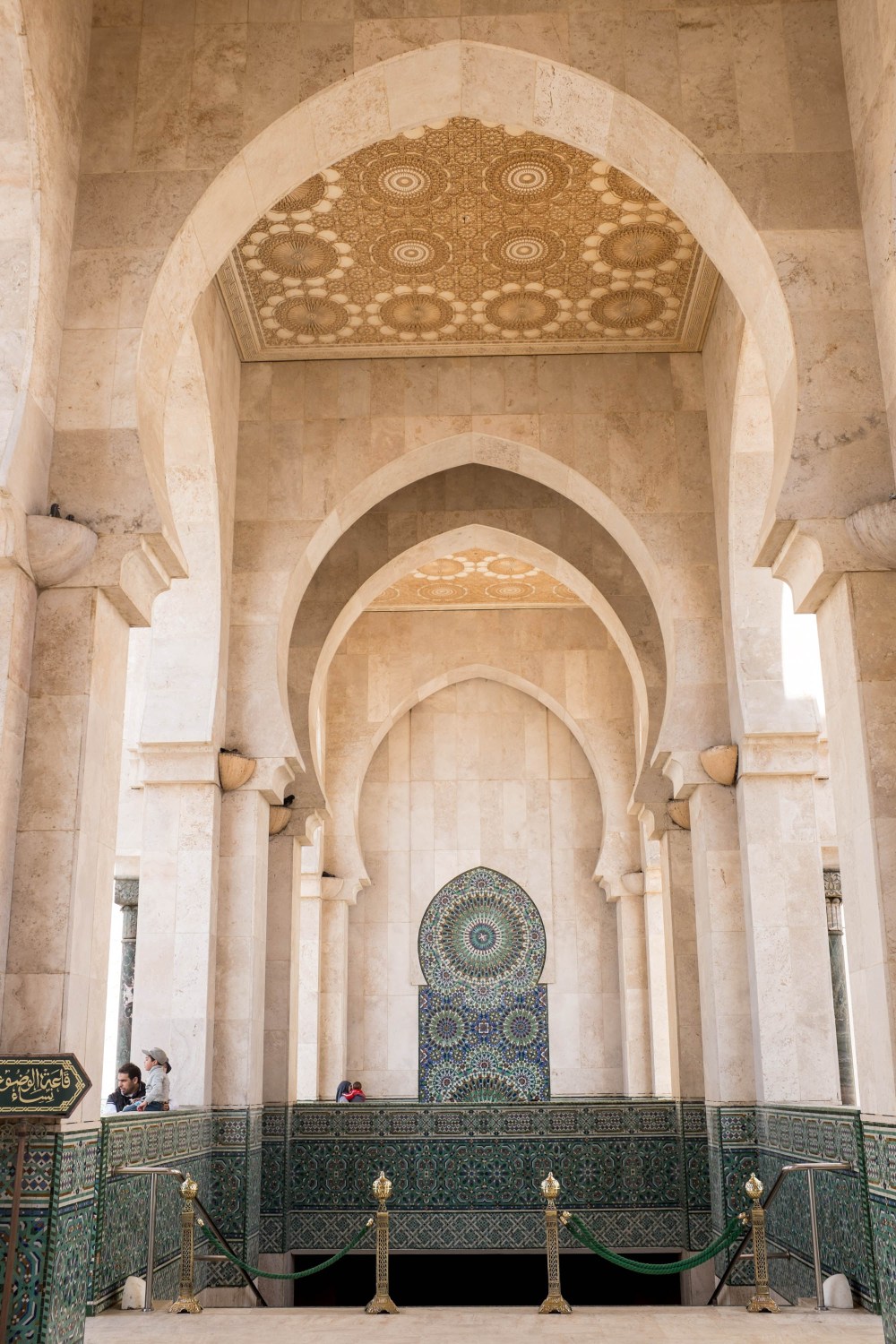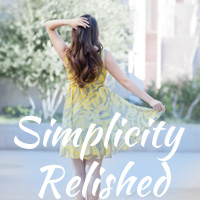Traveling through completely unfamiliar territory is inevitably like drinking from a fire hydrant. There are depths of culture to plumb, ancient stories to sift through, and pockets of communities that are nuanced and complex. I continued to return to a single question as we made our way through Morocco: why haven’t I studied any of this?

Of course, I could have been a more proactive traveler and actually done the research beforehand. Isn’t that what we always tell ourselves? The amount of time we would have had “in advance” is, in retrospect, seemingly infinite. But the holidays had encroached upon us, I had worked until the night before our early morning flight from LAX, and there was no going back. There was nothing I could do but try to overcome the guilt of my own ignorance before touching ground in Casablanca, and go with the flow.
We only had a day in Casablanca, and it seemed to be enough. We strolled down its somewhat calm streets in the morning, and took photos with men wearing the traditional clothing of water bearers who lived in the Sahara, selling sips to sojourning caravans.


Thankfully, much of what is beautiful about Morocco need not be explained: art is everywhere, hospitality is the norm, and this is a nation of makers. Casablanca is known as Morocco’s industrial capital, so it’s less of a draw for those of us into the old stories and artisanal goods. But it has one big strength: the Hassan II Mosque.
Hassan II Mosque
I’m grateful for the construction for this relatively new mosque. Most mosques in Morocco are closed to non-Muslims, so this is the only one we were allowed to enter. King Hassan II bequeathed it to the Moroccan people as a symbol of pride and success, and its construction involved importing rare materials from all around the world.
The mosque is so huge that it is quite difficult to photograph, but that didn’t keep me from trying! My favorite part was the level underground, where the Arab baths (hammam) were. Women and men wash themselves separately before entering the mosque. Our tour guide was emphatic about the fact that most hammams are not so beautiful, but this was stunning.
















Beyond Casablanca
If you’re traveling to Morocco, it’s unlikely you’ll spend much time in Casablanca. Other than the mosque– which I believe is worth the stop alone– there isn’t as rich a history there. If you choose to visit “Rick’s Cafe” (created after the movie), let me know what it’s like on the inside. We decided it wasn’t worth it, despite our love for the movie.
From Casablanca, our journey continued toward Fez. We stopped at palaces, tombs, a small seaside village, Roman ruins and town squares– all of which overwhelmed us with beauty. There is so much I didn’t know, and still don’t know, about Morocco: the people who have moved in and out of its territory, the story behind its architectural style, the reason why the air seems to buzz with a unique energy.




These ruins were originally constructed by the Merinids in the 14th century, atop rediscovered Roman ruins! We continued onwards to view a beautiful tomb, and then to Meknes where we enjoyed the scenes outside its stunning gate.




A small town within the Kasbah des Oudaias served as a sweet respite on our long journey. This town’s lovely views draw visitors from near and far, and is known for its striking similarity to Chefchaoen, a famous Moroccan town in the north with blue walls and majestic atmosphere. We’ve bookmarked Chefchaouen for our next trip to Morocco!





Our last two stops on our way to Fes were the Royal Stables and the town of Volubilis. The stables were built to accommodate 12,000 horses, all belonging to Moulay Ismail, a powerful ruler of Meknes. Volubilis, on the other hand, is even older. Built by the Romans, its oddly Western feel seems out of place, but certainly sparkled at golden hour.






Centuries and civilizations seemed to whiz past us as we made it to Fez after seven hours of driving. This is probably what time travel would feel like, if it were possible: a whirlwind that, while exhilarating, is somewhat unnatural to the human spirit.
Ultimately, we travel to see, and perhaps to see as much as we can– but not unlike most destinations, Morocco merits slow, extended travel for anyone who is able to stay longer. I can’t wait to share more in-depth experiences from the remainder of our trip.


